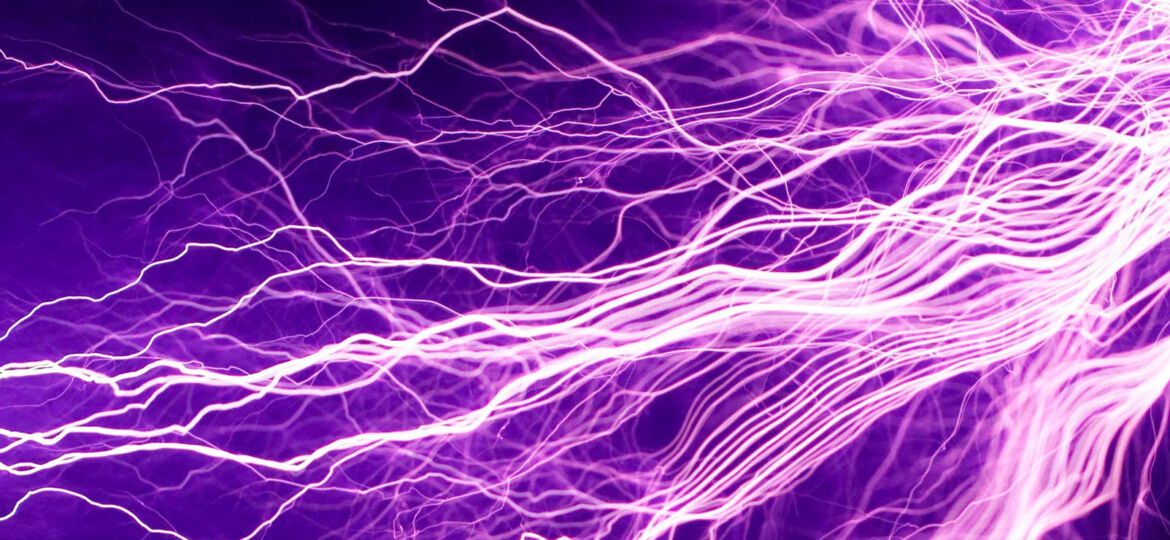
WHY THIS MATTERS IN BRIEF
Wireless charging is becoming more popular, which is why we’re seeing breakthrough after breakthrough in the space, and new innovations.
Noone likes having to shove a battery into things or plug everything they own into an electrical plug socket, whether it’s your phone, your TV or even your electric car, but as more companies focus and invest in new ways to power all our gizmos and gadgets fortunately electrical leads, and even batteries, may soon be a thing of the past. For example, we now have powerful wireless chargers for wirelessly charged cars, and smartphones, and as for batteries, well we’ve already developed battery-less smartphones, and battery-less electric cars, like this Lamborghini, are firmly on the roadmap for 2030.
Now, thanks to a team at MIT and the Technical University of Madrid we have another way to wirelessly power our things after they developed a flexible device that harvests energy directly from Wi-Fi signals. And it doesn’t just harvest it. It can then convert it into electricity that could be used to power devices, wirelessly and battery free.
The device is what is known as a Rectifying Antenna, which is a type of antenna that converts Electromagnetic energy into Direct Current (DC).
Just like many of the other backscatter energy technologies I’ve discussed before, that draw energy from the air, the new antenna uses a Radio Frequency antenna to capture Electromagnetic waves, such as the ones that are all around us, as well as Wi-Fi signals, as alternating current (AC) waveforms.
These are then sent to a 2D semiconductor that converts them into DC, producing about 40 microwatts. It’s not much, but is actually enough to power everything from LED’s, to sensors, and silicon chips.
Also because the antenna is flexible it can be applied to a range of different surfaces, large and small, such as skin, where it could be used to power biomedical sensors and Smart Tattoo’s that monitor our health, to Smart Wallpaper, or used in small, portable devices such as flexible smartphones, like the ones Samsung showed off recently, and which is a field that’s desperately trying to take off. The tech could even be used in medical implants and Smart Pills, and be used to power all the sensors we need to create Smart Cities as part of the Internet of Things.
Similarly, when combined with new 2D Spray on Sensors that were also developed recently, this tech could also be one of the last links we need to help us make dumb products, everything from bridges to buildings, which are hard to modify and upgrade, smart. The use cases are literally endless.
“Ideally you don’t want to use batteries to power these systems, because if they leak lithium, and the patient could die,” said engineer Jesús Grajal of the Technical University of Madrid. “It is much better to harvest energy from the environment to power up these small labs inside the body and communicate data to external computers.”
This, to be clear, is not the first device that can convert energy from Wi-Fi into electricity. The idea has been around for some time, and engineers are continuing to tinker with it, but what the team has done to improve on it is the use of a different material for the rectifier – the part that converts AC into DC.
In previous antennas, it’s been made from a material such as silicon or gallium arsenide, which is not only rigid, but would also be expensive for large areas.
In the flexible rectenna, the team used Molybdenum Disulfide (MoS2). It’s just three atoms thick, and, when exposed to certain chemicals, forces a phase transition between semiconductor and metallic material.
The structure is also known as a Schottky diode, mimicking the properties of the metal-semiconductor junction used in antennas previously – producing a working rectenna that minimises parasitic capacitance, resulting in higher speed. This means it can capture higher frequencies than other flexible rectifiers, which can’t capture the gigahertz frequencies in which Wi-Fi operates.
“Such a design has allowed a fully flexible device that is fast enough to cover most of the radio-frequency bands used by our daily electronics, including Wi-Fi, Bluetooth, cellular LTE, and many others,” explained engineer Xu Zhang of MIT.
And it’s relatively low cost at larger scales, so it could be used for much bigger applications.
“What if we could develop electronic systems that we wrap around a bridge or cover an entire highway, or the walls of our office and bring electronic intelligence to everything around us? How do you provide energy for those electronics?” said engineer Tomás Palacios. “We have come up with a new way to power the electronics systems of the future – by harvesting Wi-Fi energy in a way that’s easily integrated in large areas – to bring intelligence to every object around us.”
The team is now working to build larger systems, and to improve the efficiency of their rectenna.
Their paper has been published in the journal Nature.
Source: MIT















